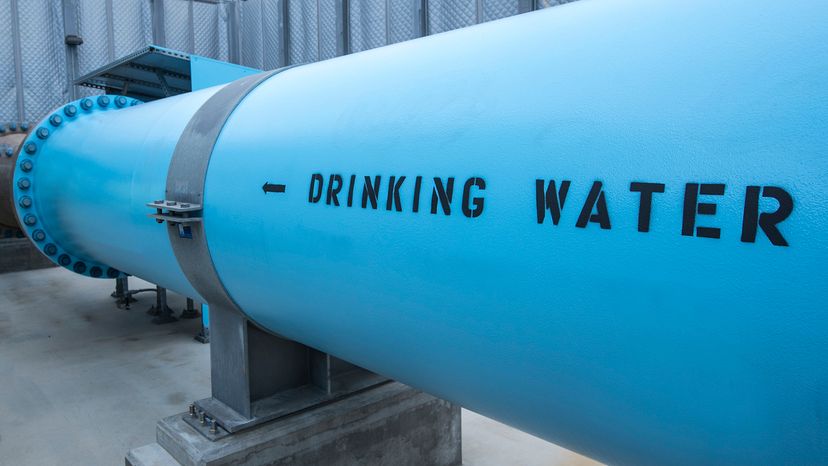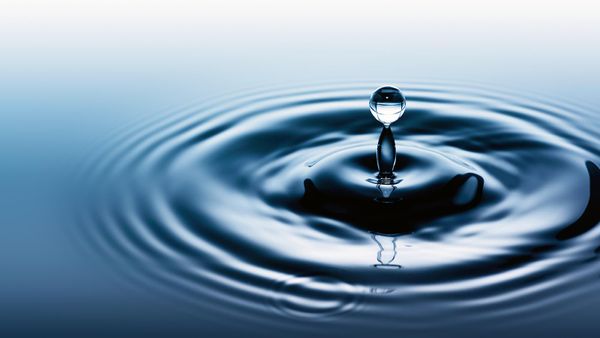As of 2022, there are over 20,000 desalination plants in operation worldwide, producing more than 95 million cubic meters of water daily. The Middle East continues to be a major hub for desalination, given its water scarcity issues and technological advancements in the field.
The Sorek Desalination Plant in Israel, which began operations in 2013, was once one of the world's largest seawater reverse osmosis (SWRO) desalination facilities. However, the rapid expansion of desalination technology has led to the construction of even larger plants in various parts of the world.
While the desalination process has advanced and become more efficient, public perceptions vary. In places like Israel, there have been concerns raised about the taste or potential health impacts of desalinated water.
However, research and studies, including those from Saudi Arabia, show that when desalination is done correctly, the resulting water is safe for consumption and comparable in quality to bottled water. A notable environmental advantage of using desalinated tap water over bottled water is the reduction in plastic waste.
The concept of portable desalination has also seen developments. In recent years, a variety of portable desalination devices have become available, designed for emergency relief, hiking or personal use. These tools can convert salty or contaminated water sources into drinkable water, offering innovative solutions in areas with limited freshwater access.
Salt and So Much More
Sure, you might expect the desalination process to remove salt from ocean water. But did you know the cleanup doesn't stop there? Desalination — whatever the method — also removes organic or biological chemical compounds, in the end producing high-quality drinking water that doesn't transmit diarrheal or other diseases.
This is important because nearly 4 million people die each year "due to inadequate water supply, sanitation and hygiene," according to the United Nations.
Lewis Carlsbad Desalination Plant
The Claude "Bud" Lewis Carlsbad Desalination Plant, located in Carlsbad, California, is the largest seawater desalination facility in the Western Hemisphere.
Opened in December 2015, the plant utilizes reverse osmosis technology to convert seawater from the Pacific Ocean into potable water. With a production capacity of approximately 50 million gallons of drinking water per day, it provides about 10 percent of the water supply for San Diego County.
The construction of this seawater desalination plant was a response to recurring droughts and the need for a reliable, drought-proof water source. The project includes an energy recovery system to reduce energy consumption and environmental enhancements to protect marine life.
While it offers a solution to water scarcity, concerns include energy consumption and environmental impact, particularly the disposal of brine byproduct. Nonetheless, the Carlsbad plant serves as a model for other regions considering desalination to address water shortages.

